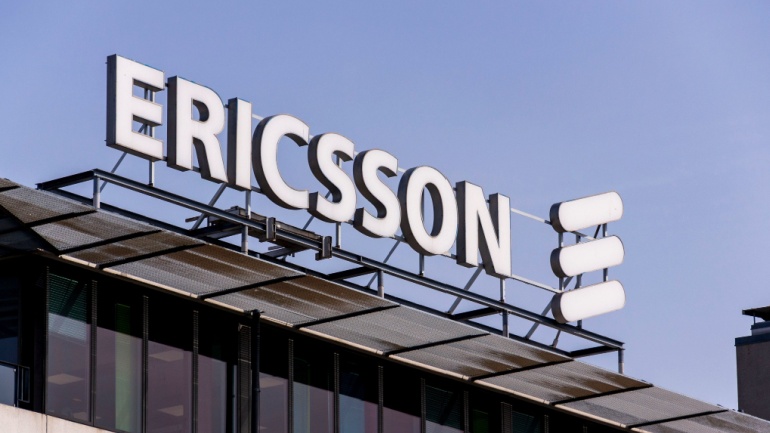Arcep, the French telecom regulator, recently initiated public consultations targeting the 3.8-4.2 GHz frequency band. Their goal? To stimulate the deployment of private mobile networks, particularly focusing on industrial and enterprise applications. These consultations involve two distinct processes: One to outline the licensing terms for business users, and another to establish the technical regulations for lower and medium-power 5G networks.
The initiative aligns with the European Union’s broader push to harmonize the 3.8-4.2 GHz band for industrial 5G uses. This resonance with European guidelines ensures that the developments in France are not isolated, but part of a continent-wide vision for integrated industrial connectivity.
In these consultations, Arcep seeks input on how to craft these licenses and technical guidelines. Public dialogues began in 2024, and this continuous process reflects Arcep’s commitment to engaging with stakeholders. The European Commission has already signaled its support. They identify the 3.8-4.2 GHz band as ideal for accommodating the frequency demands of verticals—industries seeking localized mobile networks.
Arcep’s efforts align with parallel work by the European Conference of Postal and Telecommunications Administrations (CEPT). Their recent report offers technical recommendations for low and medium-power broadband systems within the band. This report serves as a foundation for upcoming EU-wide harmonization directives. The nascent decision by the European Commission will integrate these technical findings, ensuring consistency across all member states.
The draft decision released by Arcep is heavily informed by both past public feedback and the recent findings of CEPT. Its framework respects the national context, ensuring existing operations in adjacent bands—like those of mobile operators and satellite services—remain protected.
These consultations are open, with a submission deadline set for July 2, 2025. Meanwhile, earlier in the year, Arcep extended its 5G trial period in the 3.8–4.0 GHz band. This extension, lasting through the end of 2025, addresses the growing interest among stakeholders in exploring practical 5G applications.







